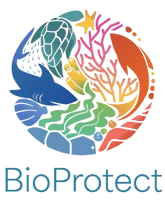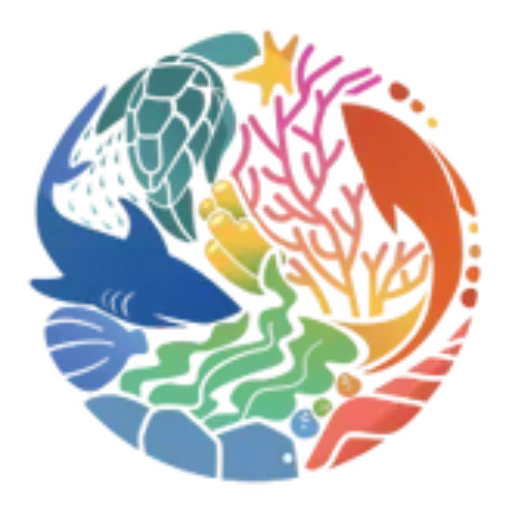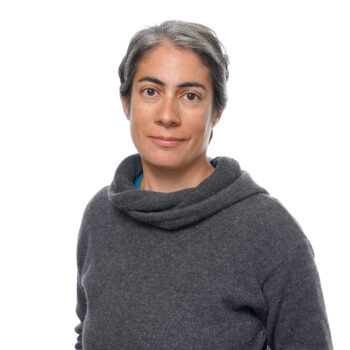Geographical Area
Nelson is the fifteenth largest city in New Zealand (population of 55,200), and its coastline is home to high value estuarine seagrass and salt marsh habitats and a biodiverse marine space. This marine area accommodates the Horoirangi Marine Reserve, the customary fishery area of the Wakapuaka Taiāpure, and Port Nelson: the largest fishing port in Australasia.






